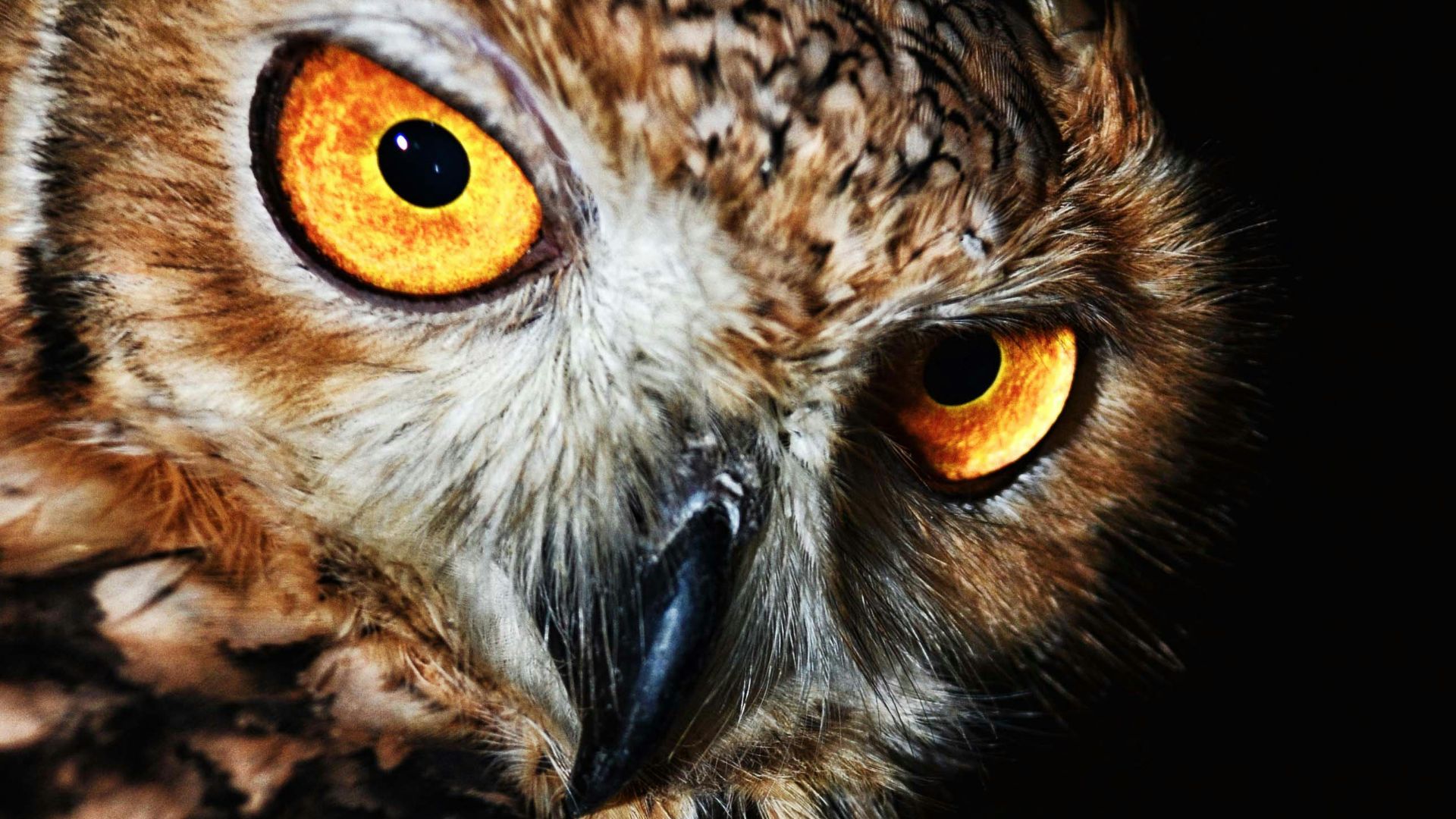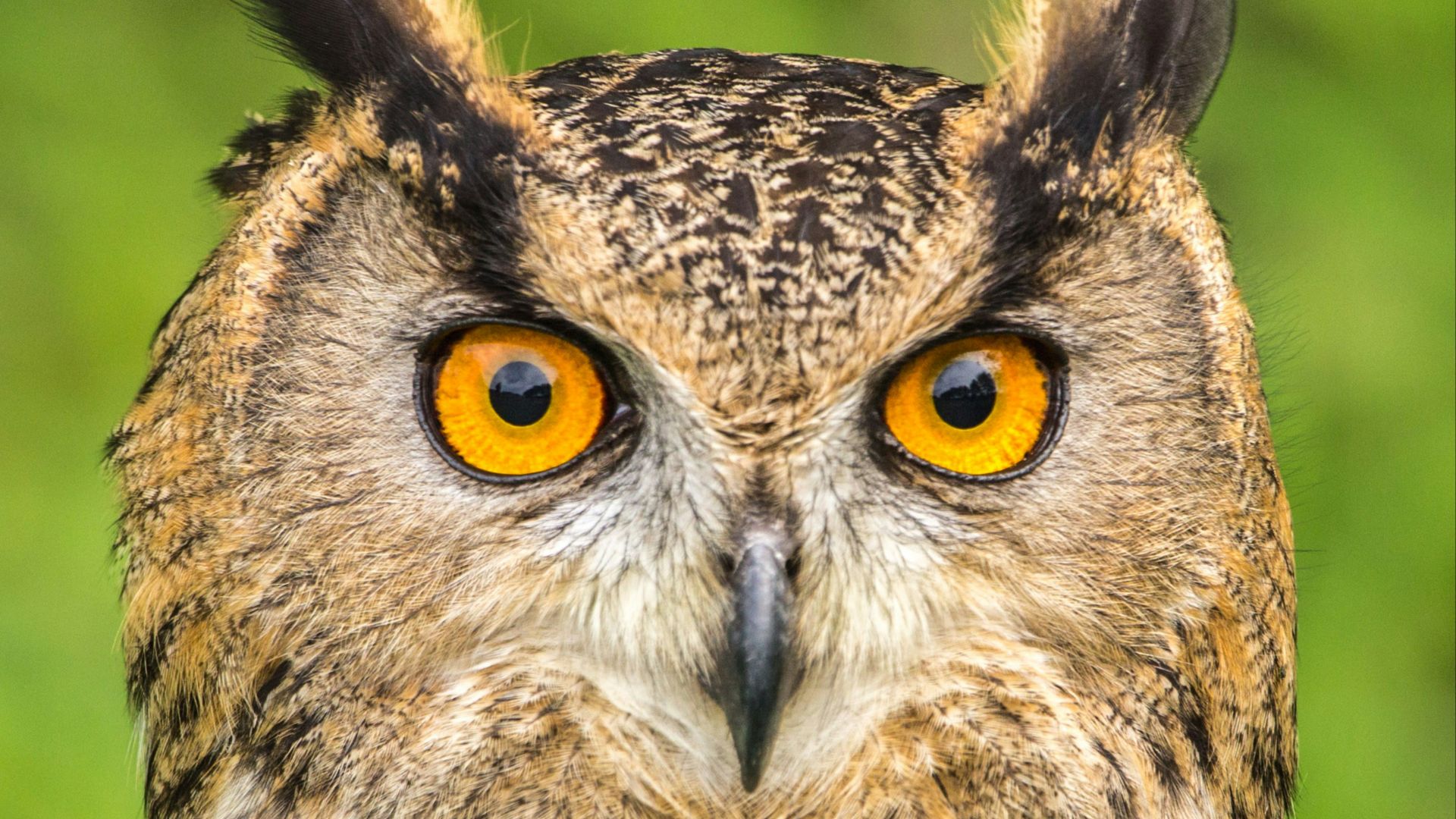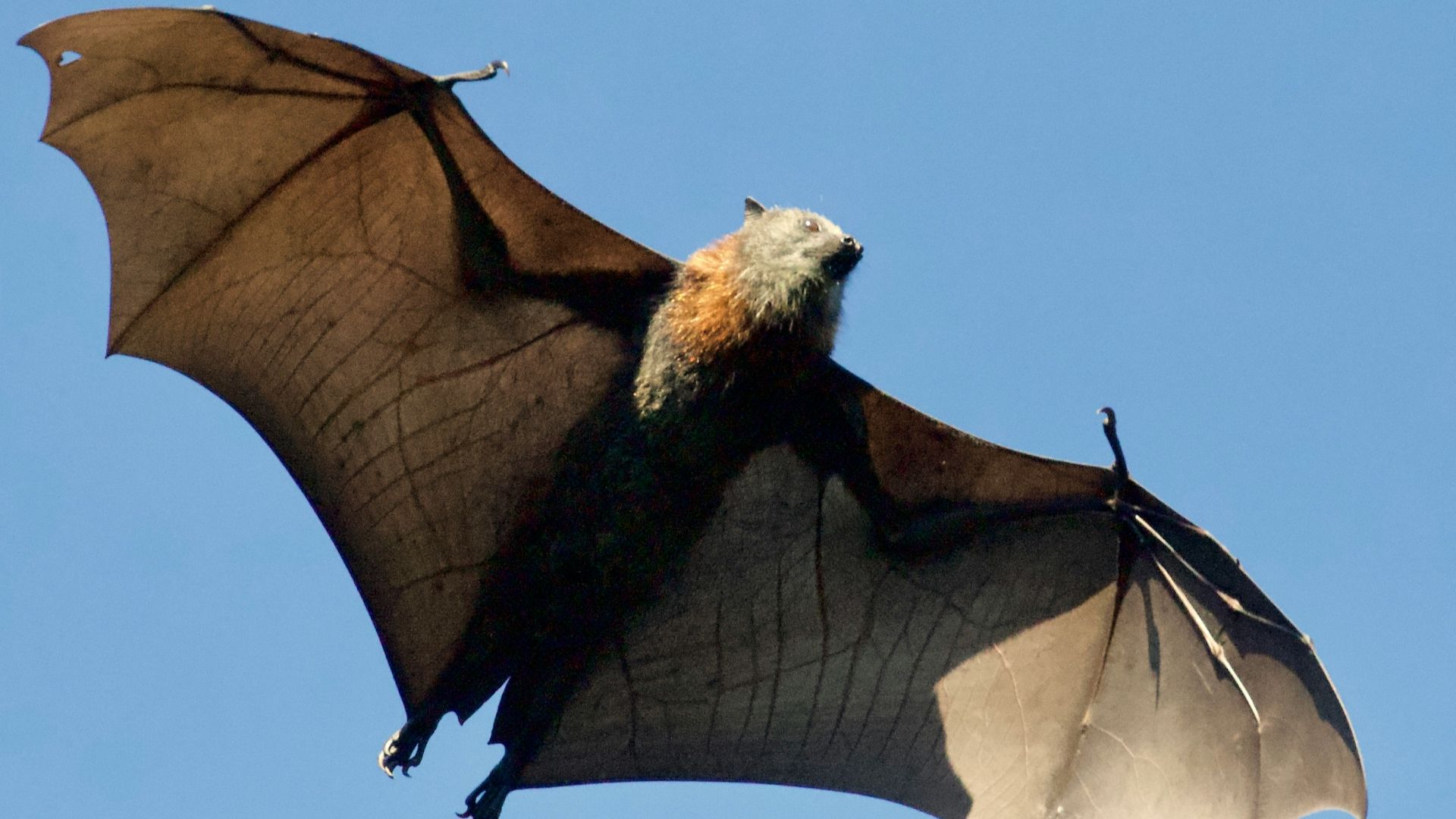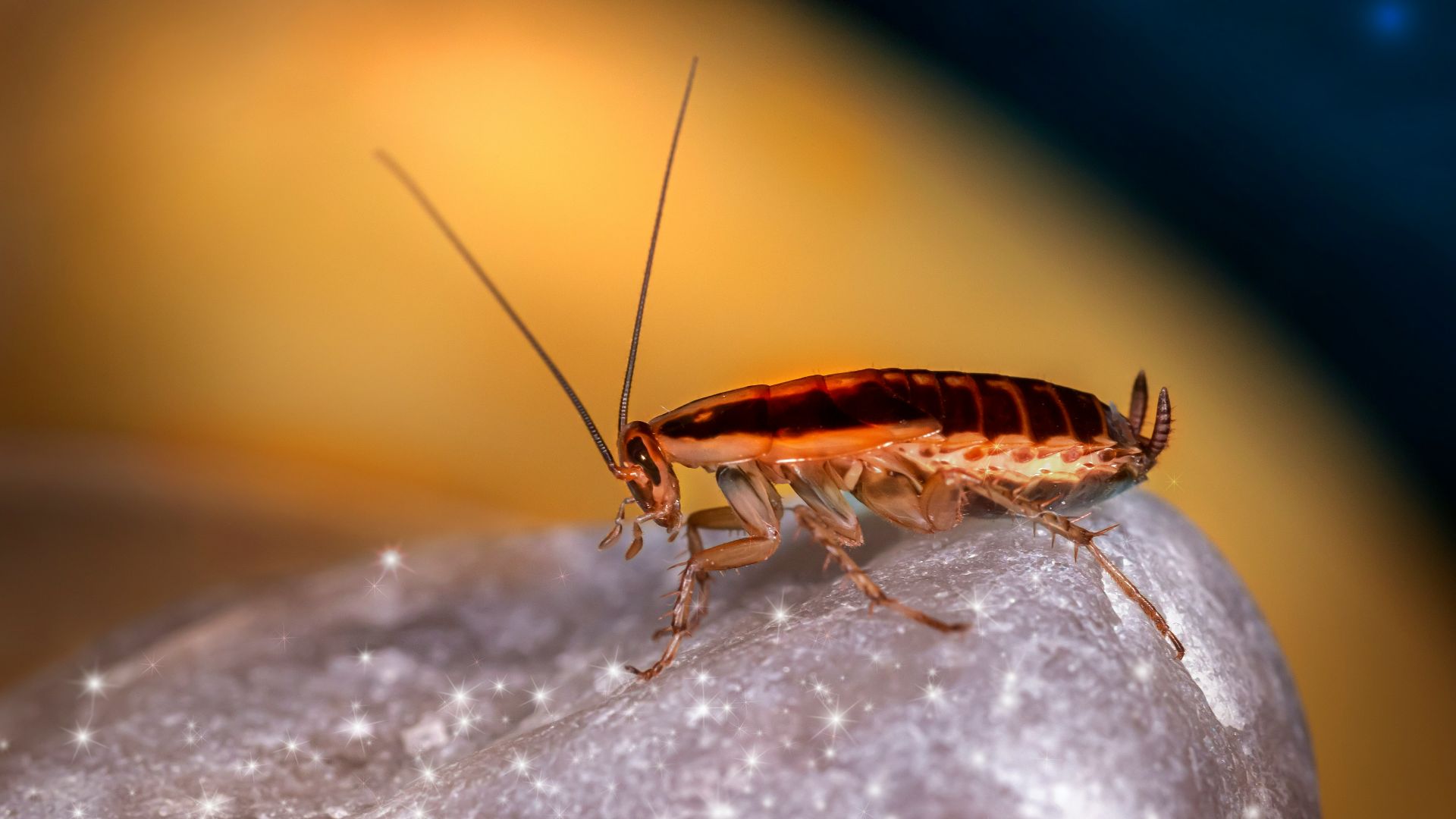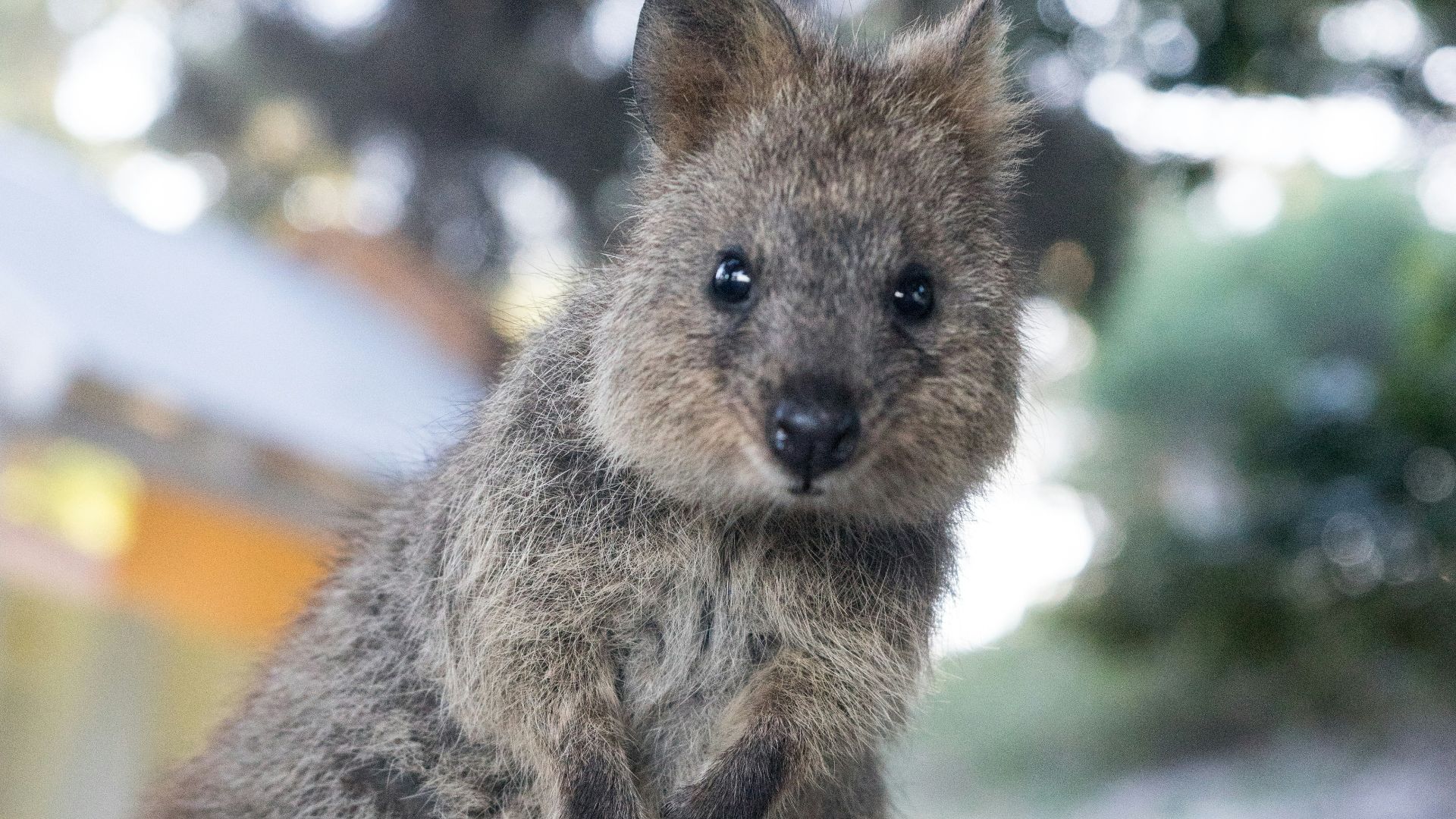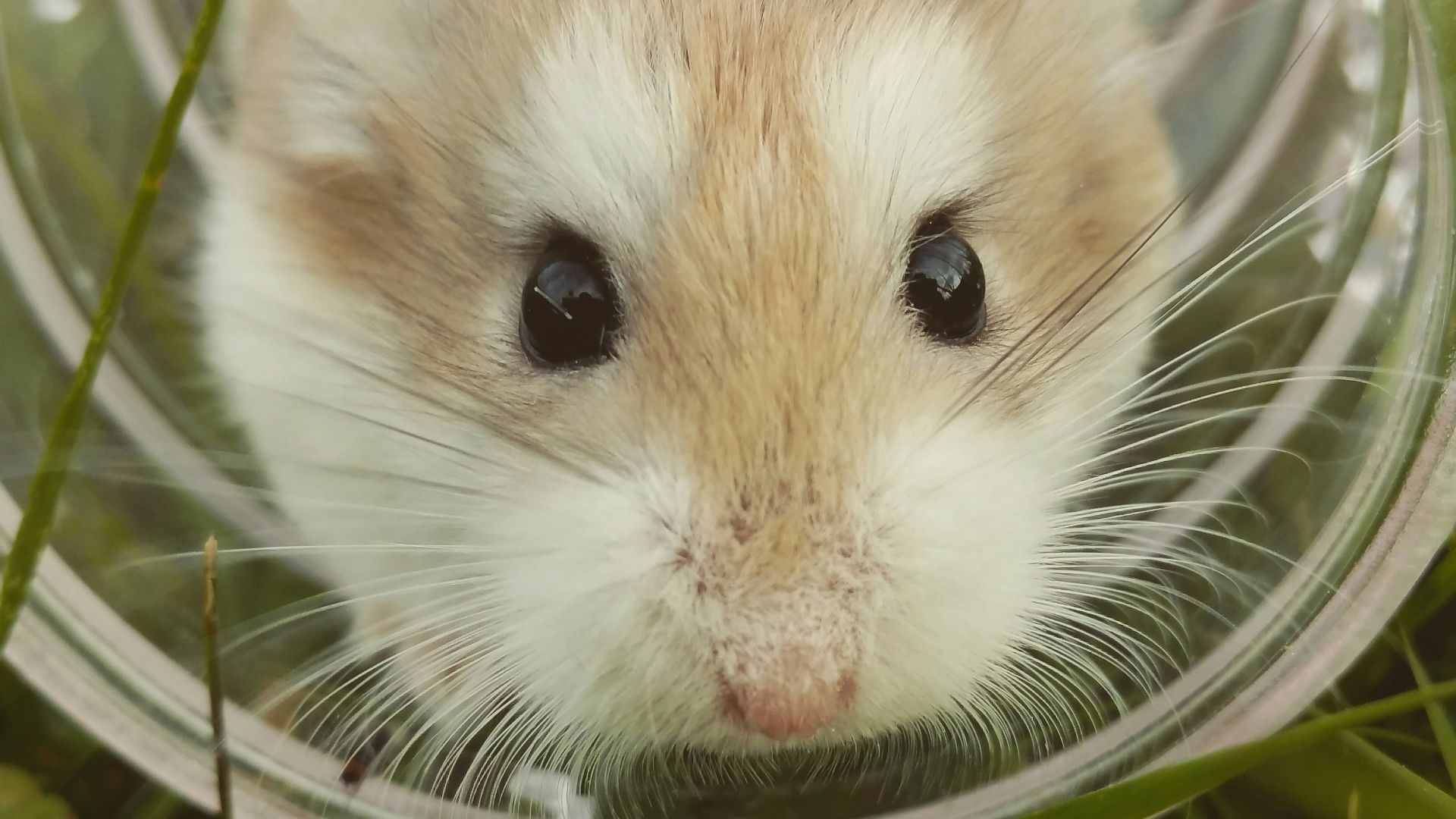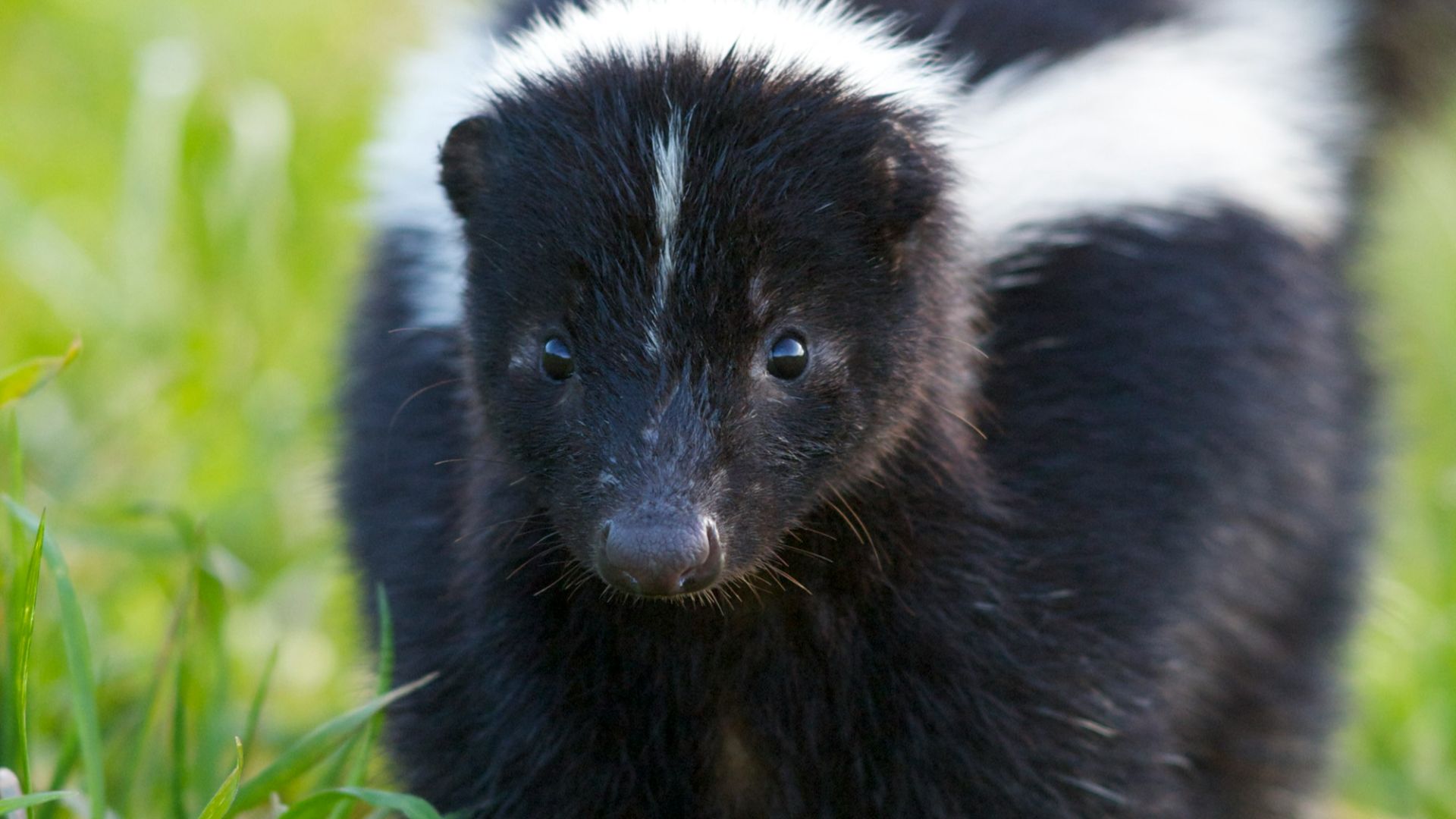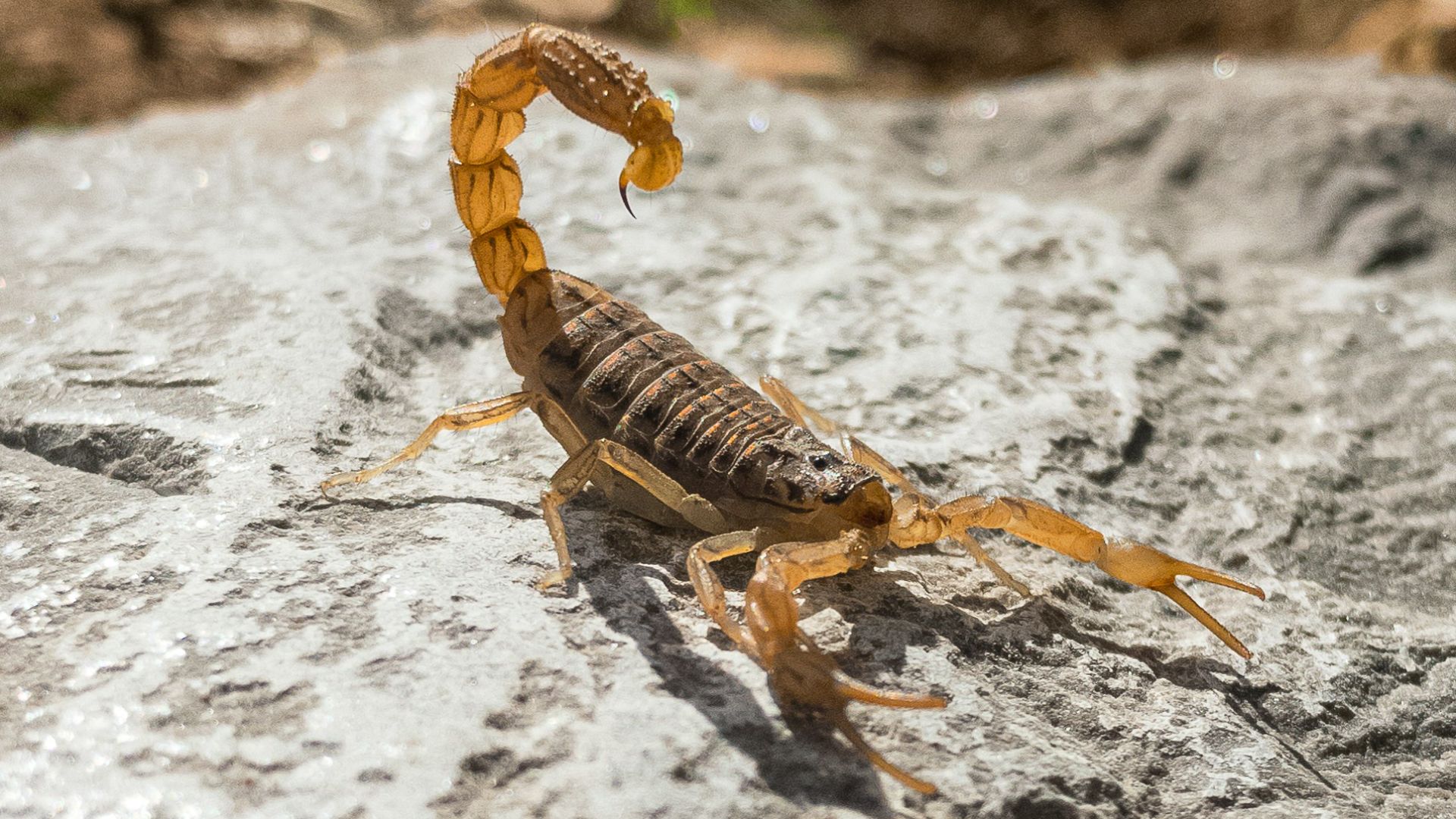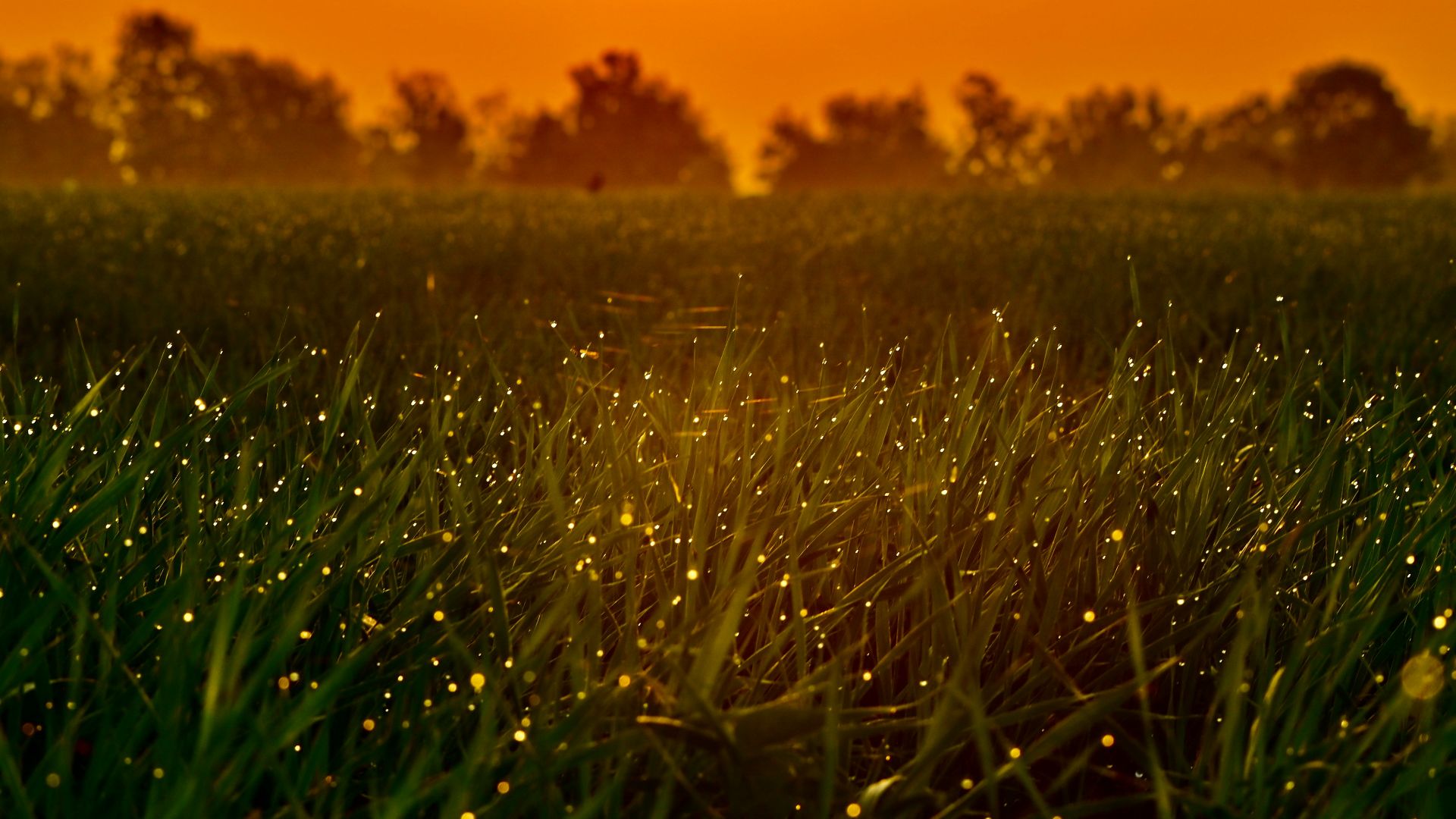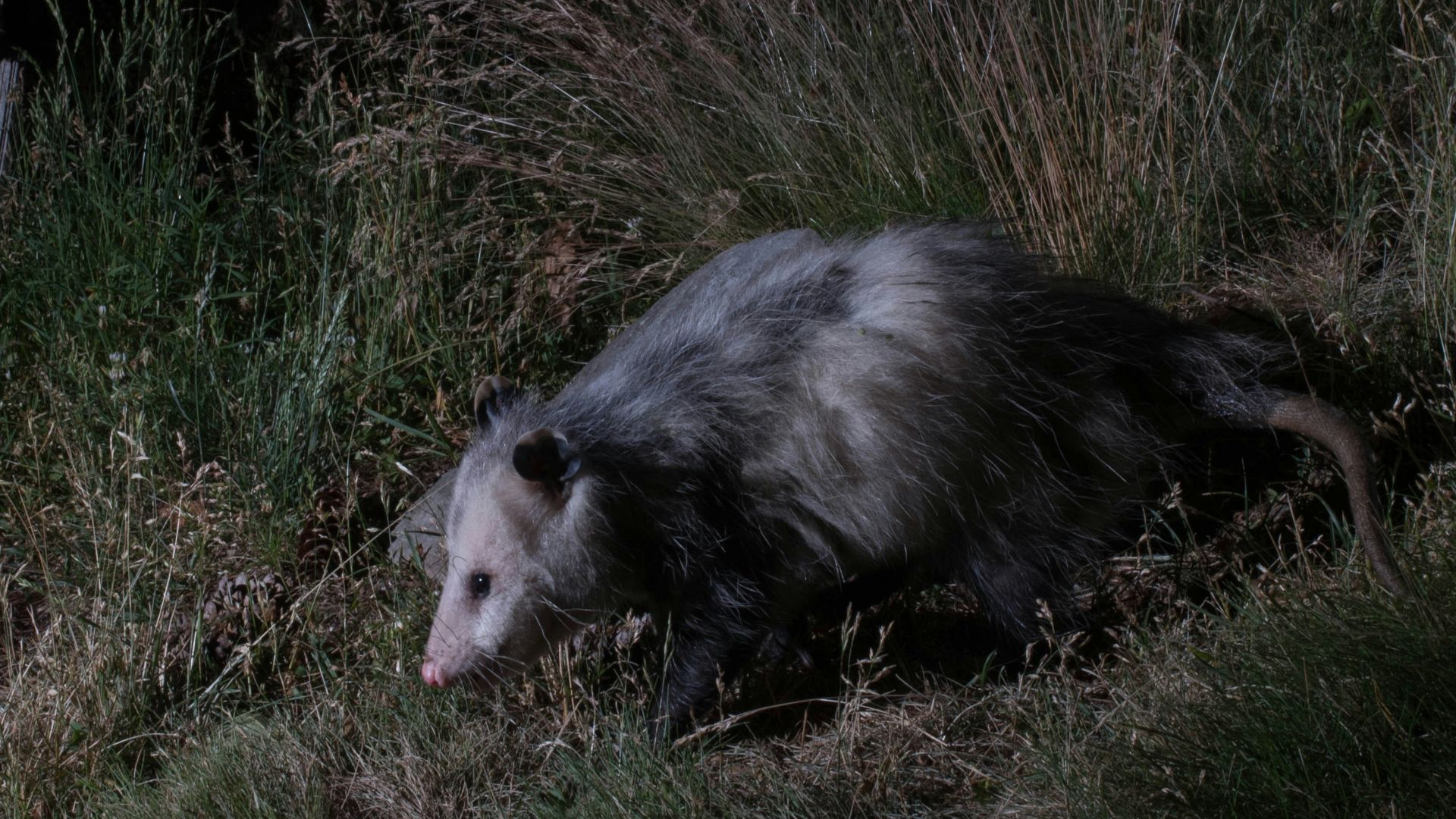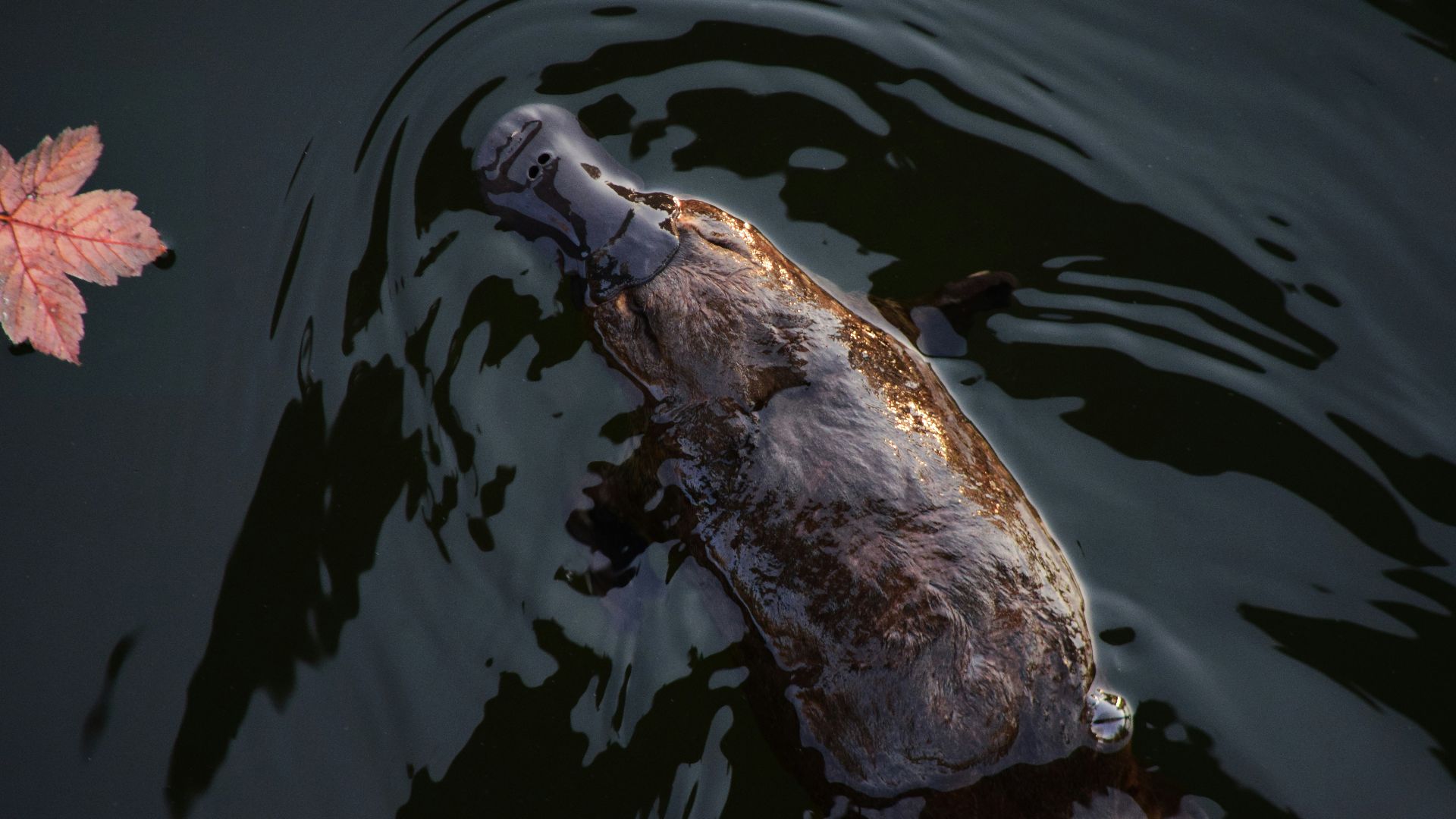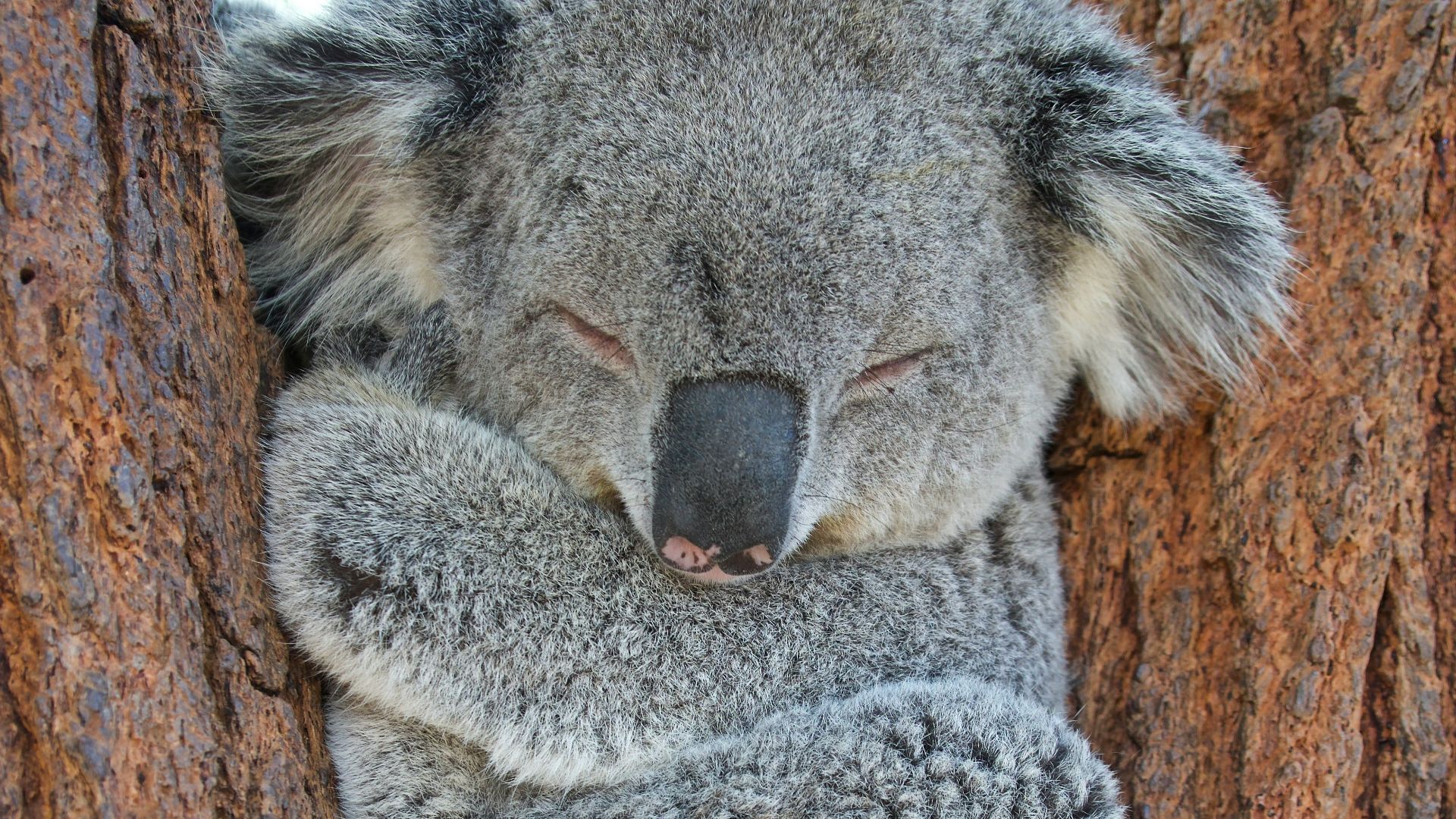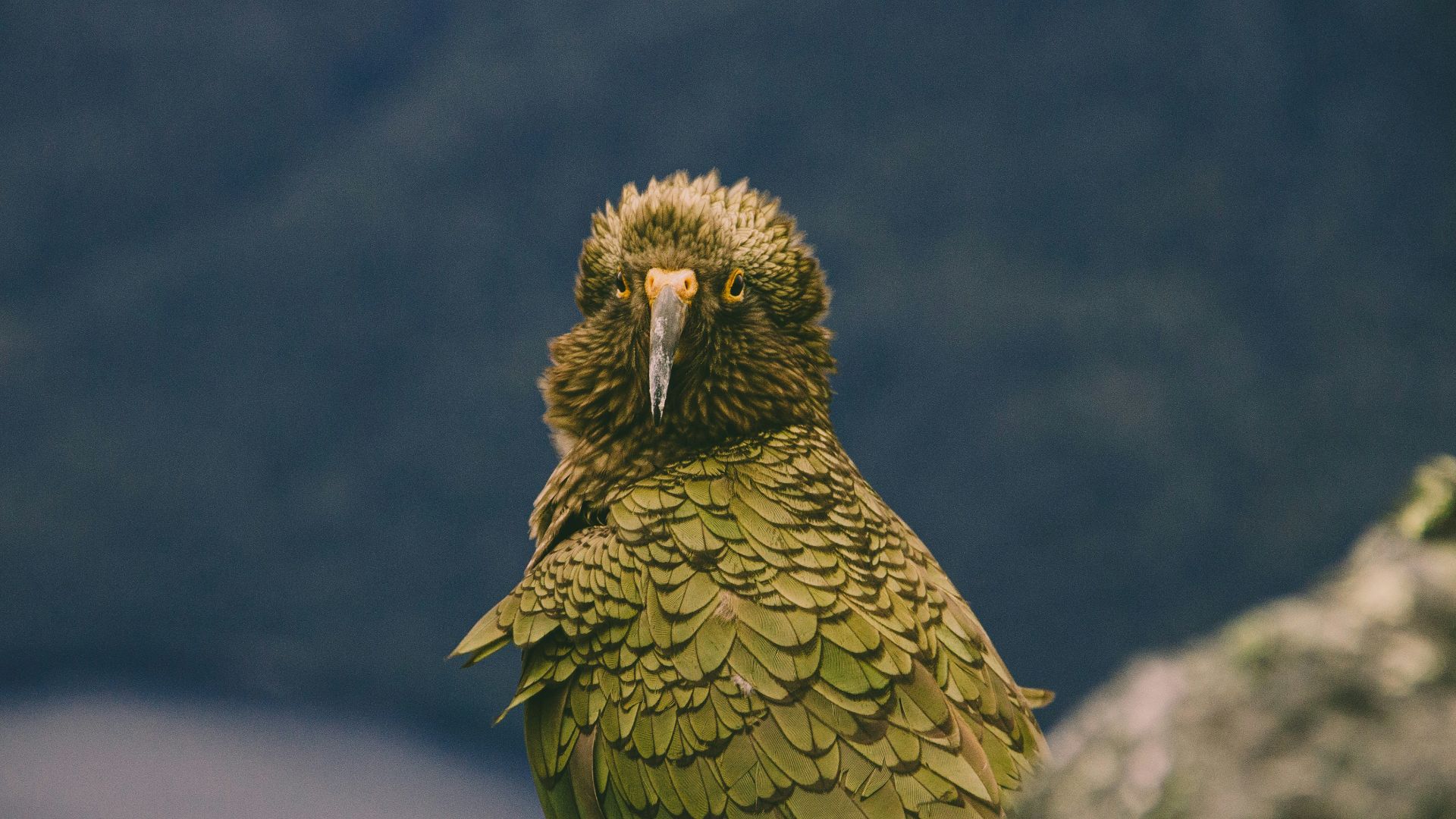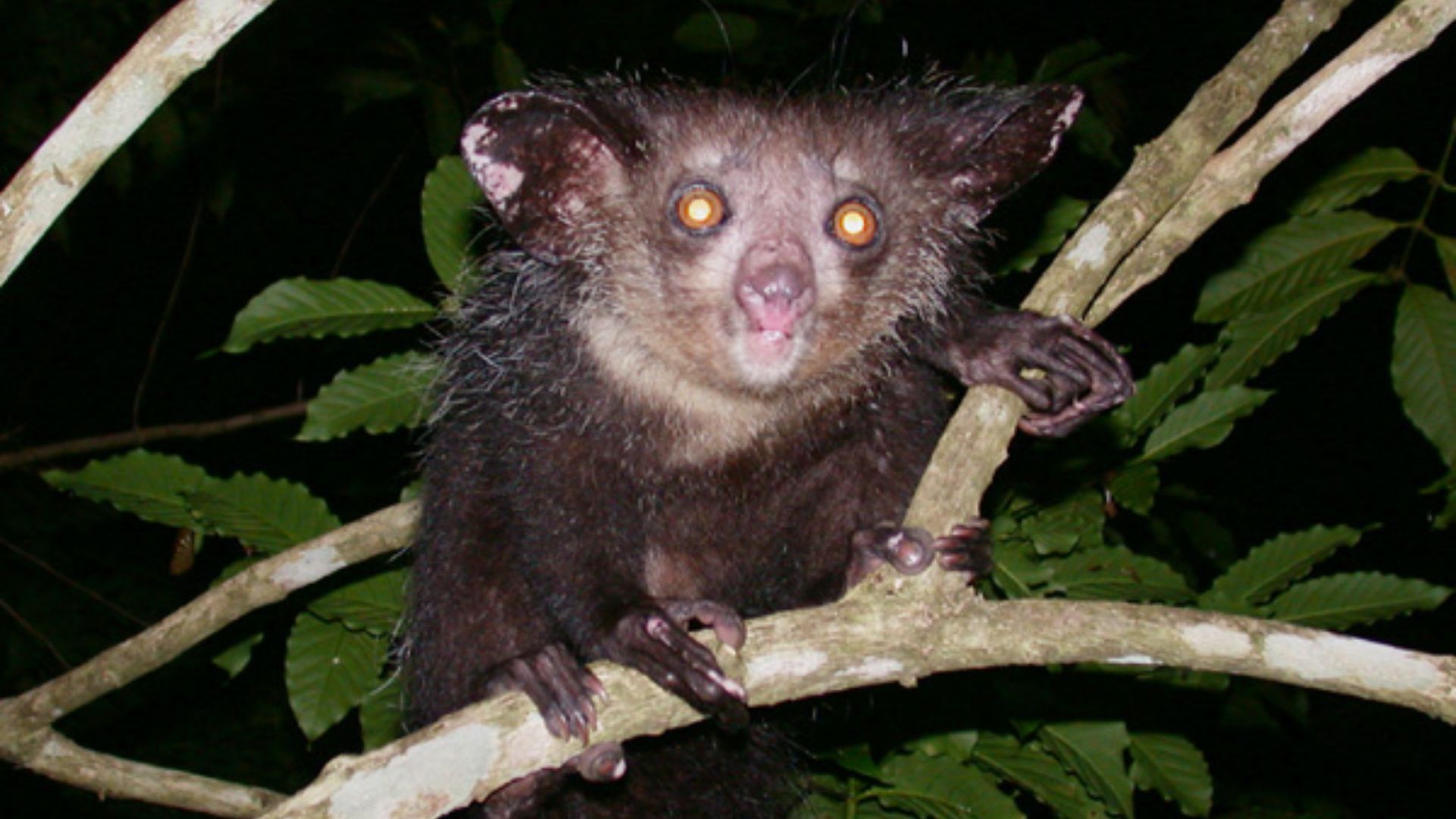Sleep Is For The Daytime
Though you might call yourself a night owl, you probably can't go as far as to call yourself nocturnal if you're still getting most of your sleep during the night. Because even if you like staying up late, you'll never be able to beat these 20 animals that come alive in the darkness, being most productive during the quiet hours of the day. Some creatures on this list might just surprise you!
1. Owls
While not all species of owls are nocturnal, most are. With their exceptionally large and beady eyes, they're able to effortlessly navigate through the dark, with their silent flight making them deadly hunters in the night.
2. Bats
Arguably one of the most well-known nocturnal animals, bats are basically synonymous with darkness and the night. As they sleep upside down throughout most of the day, they come alive later on to forage and find food and water. These creatures are very well-equipped to be nocturnal, using echolocation as an easy way to locate objects.
3. Aardvarks
Aardvarks are nocturnal mammals you'll usually find asleep in burrows while the sun's shining, before coming alive when the moon comes out. Sleeping during the day allows them to stay safely away from the heat and to scavenge for ants and termites peacefully.
 MontageMan is the author of the original image, I did the crop on Wikimedia
MontageMan is the author of the original image, I did the crop on Wikimedia
4. Cockroaches
Have you ever wondered why it seems like you always catch cockroaches in your house at night? Well turns out, it's likely because they're nocturnal creatures! They're too busy hiding in the dark crevices of your house in the day for you to notice them, choosing to strike by the time the sun falls. Sneaky bugs indeed.
5. Quokkas
Generally considered to be nocturnal animals, these cute little critters most commonly found in Australia can be seen lounging around lazily under shady areas during the day. Being nocturnal benefits these animals as it keeps them safe from predators and away from the dangers of the heat.
6. Hamsters
Hamsters make for adorable, easy-to-care pets, but understanding their habits is an owner's responsibility. If you do your research, you'll quickly learn that these rodents are actually nocturnal animals! They prefer to live their lives in the nighttime, meaning you should learn to adapt to their schedule rather than wake them for your own sake.
7. Skunks
While most home owners fear skunks walking into their gardens and stinking up the place, turns out, you probably don't have to be so afraid. Skunks are generally seen as nocturnal creatures, meaning you're likely safe during the day! As long as they're not threatened as they wander about in the middle of the night, you don't have to worry about any unwanted smells.
8. Scorpions
You might want to watch where you step if you live somewhere where scorpions are known to be found. Because when it's already dark out and hard to see, you might accidentally step on one of these terrifying bugs that start coming out when the sun sets. Scorpions benefit from being nocturnal because it helps them stay hidden from large predators during the day, and also lets them be active during much cooler temperatures.
9. Raccoons
Though you may catch a raccoon every now and then scurrying about in the daytime, these animals are generally nocturnal and won't bother you when the sun's out. They enjoy doing their sneaky scavenging in the night, which is why you usually wake up to a mess near your trash bins.
10. Fireflies
Known for emitting a beautiful gentle glow, it only makes sense for fireflies to be nocturnal or else how would you get to see them light up? While some species might be diurnal instead, most come alive in the night, using their bioluminescence to find and attract a potential mate.
11. Frogs
While this isn't the case for all frogs, many types are generally seen to be nocturnal. After all, these amphibians thrive under cool temperatures that keep their skin from drying out. Being cloaked by darkness also helps frogs hunt for food since they're considered ambush predators that need to strike by surprise.
12. Opossums
These tricksy marsupials known for playing dead can sometimes be seen during the day if they're disturbed, but are typically considered nocturnal animals that come out during the night. They're incredibly good at staying well hidden, keeping away from predators so they can get their rest and relax.
13. Night Monkeys
As if their name doesn't already give it away, night monkeys prefer, well, being awake during the night! In fact, these creatures are often considered the only true nocturnals monkeys. They possess something called monochromatic vision which is what allows them to see better at night and detect objects in low light.
14. Platypuses
Platypuses are already incredibly unique and fascinating mammals, but to level that up even further, it turns out they're also nocturnal. Throughout the day, they like to stay hidden away in burrows or well-concealed places, only to come out at night to hunt for hours for food. The nighttime also just fits their preference for cooler environments much better.
15. Koalas
These cute and cuddly-looking animals primarily found in Australia are actually nocturnal and love sleeping and resting whenever the sun is out. However, they sleep even a bit past when the sun sets, spending majority of their time in dreamland. It's said they sleep for about 20 hours every day!
16. Hedgehogs
Hedgehogs are definitely adorable pets that people are growing more and more fond of by the day, but before you consider owning one, make sure you carefully research their habits and preferences. Because it won't take long before you find out they're nocturnal animals that don't want to be bothered during the day!
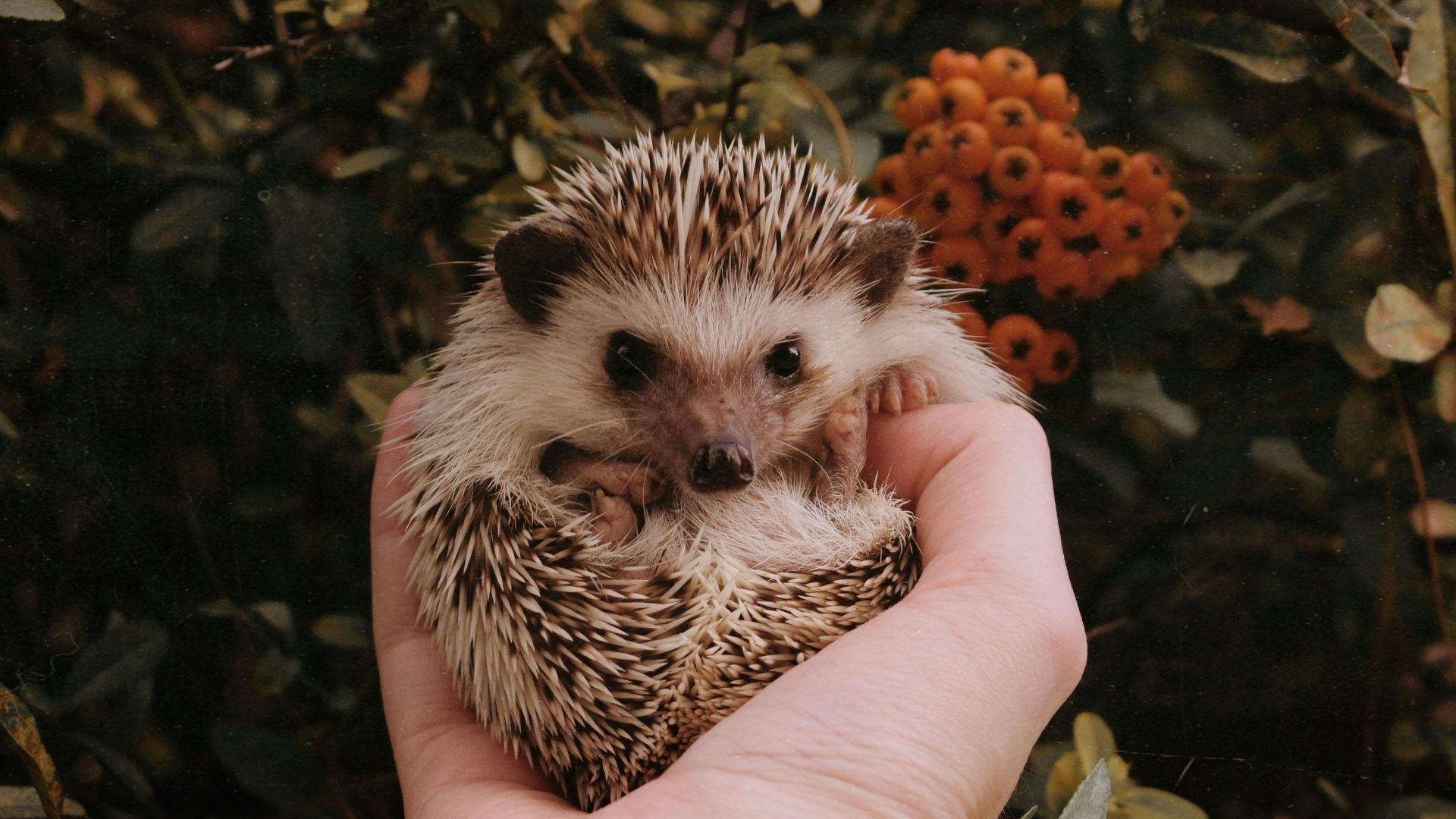 Sierra NiCole Narvaeth on Unsplash
Sierra NiCole Narvaeth on Unsplash
17. Moths
Given how often you see these flying insects come out at night, we can guess you likely already knew moths were nocturnal. Fluttering around in the dark attracted to sources of light, these butterfly-like animals have tons of adaptations, like a highly developed sense of smell and sensitive eyes, that allow them to navigate the darkness.
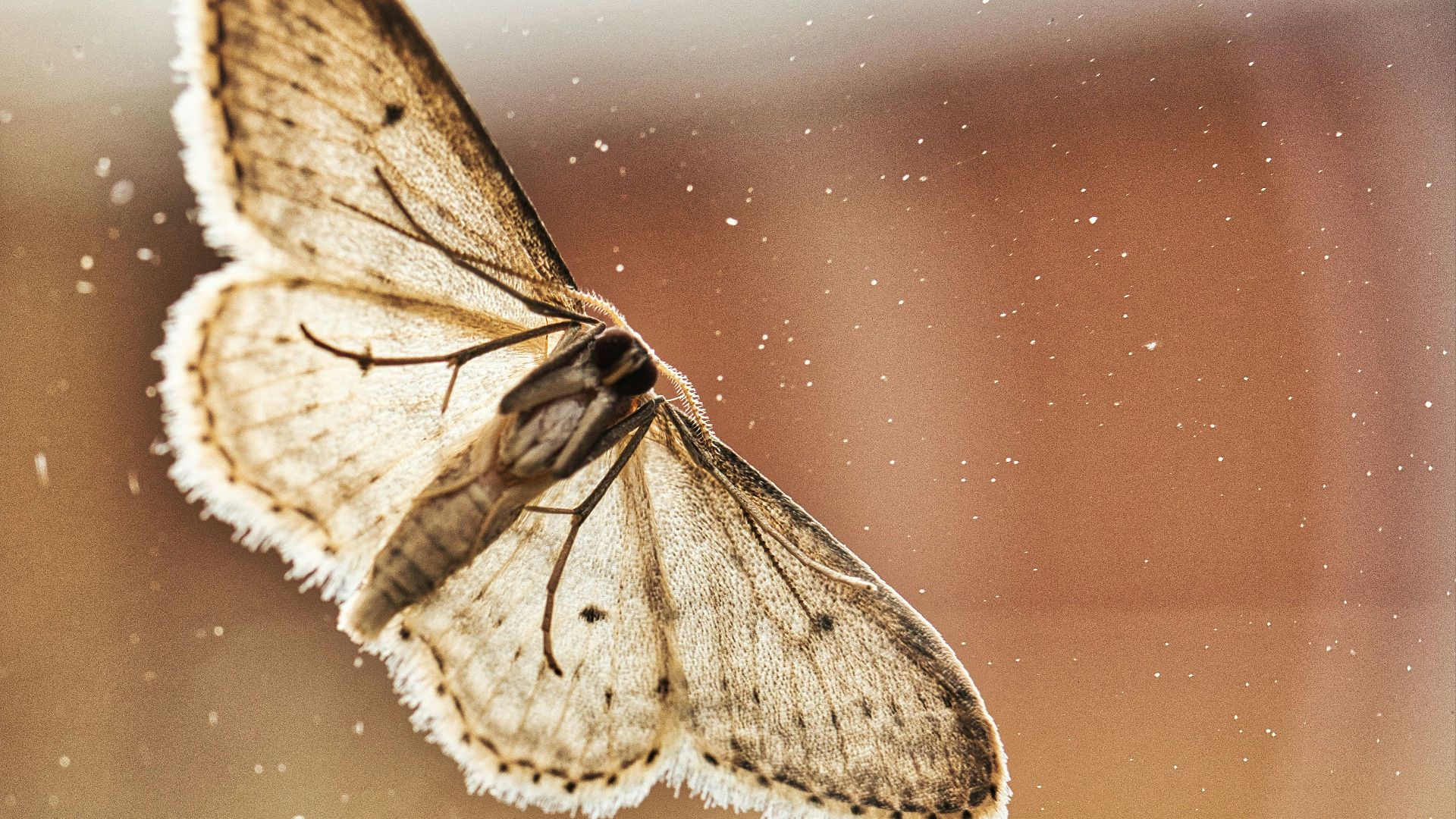 Mikkel Frimer-Rasmussen on Unsplash
Mikkel Frimer-Rasmussen on Unsplash
18. Pangolins
Although pangolins have such cool appearances, with their scaly and armored bodies, you likely won't be able to catch a glimpse since they prefer coming out at night. Hunting and foraging in the dark keeps them much safer from predators, and also benefits how much food they can find; their primary diet consists of ants and termites, both of which are more active during the night.
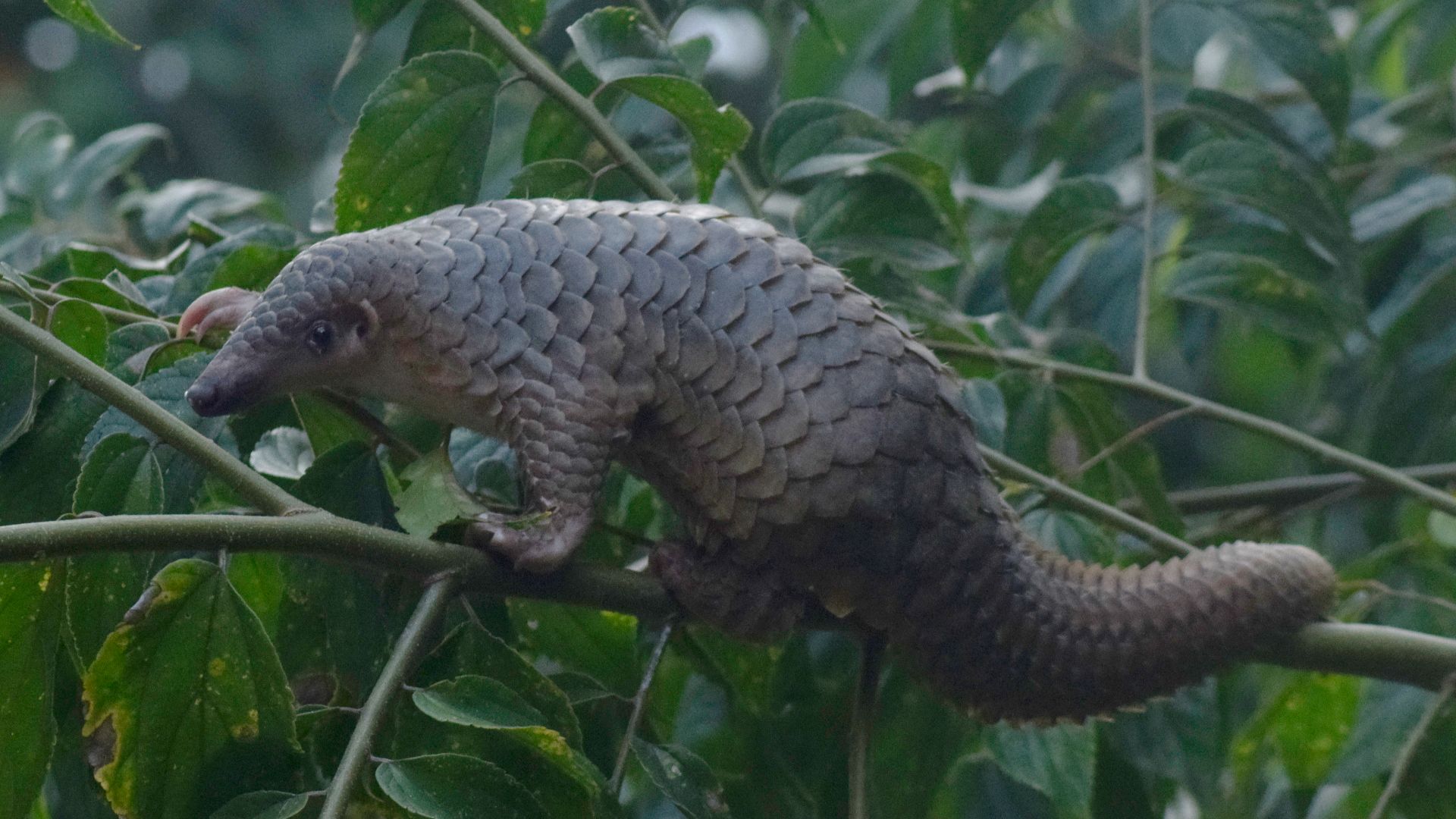 Frendi Apen Irawan on Wikimedia
Frendi Apen Irawan on Wikimedia
19. Kākāpōs
One of the world's most interesting birds just got even weirder: they're nocturnal too! Kakapos are already very unique creatures given that they're the only flightless parrots in the world. However, it's said that they evolved to become nocturnal and be more active in the night as a way to escape their daytime predators.
20. Aye-Ayes
You might have never heard of this animal before, but now you know that they're nocturnal too! Most commonly found in Madagascar, these lemurs with long fingers and teeth are supposedly the largest nocturnal primates in the world. Many of their adaptations allow them to thrive in the dark, from being better at camouflaging to effectively sourcing food.


